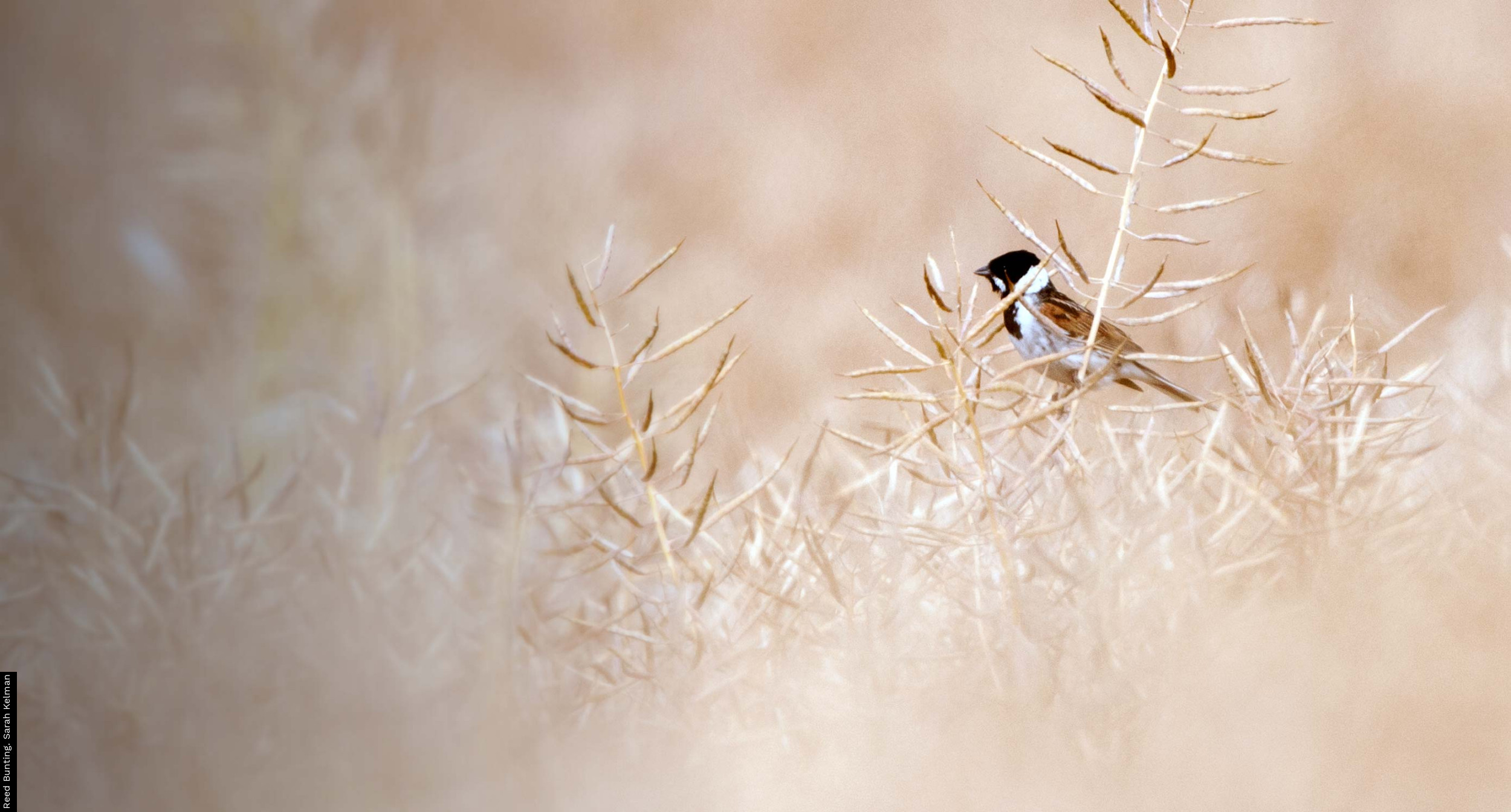Gathering quantitative information on the bird populations of the UK has been a key function of the BTO ever since its formation in 1933. Its nationwide network of volunteer observers, many of whom are highly skilled and long-term contributors to survey schemes, provides the ideal way to monitor bird populations, particularly for the commoner species that are widely distributed across the countryside. BTO data, from such schemes as the Common Birds Census, Nest Record Scheme and BTO/JNCC/RSPB Breeding Bird Survey, have been increasingly influential in determining nature conservation policy in the UK. The partnership between JNCC and BTO has ensured that these schemes are operated and developed in ways that provide high-quality information for nature conservation.
The value of the monitoring work undertaken by the BTO is reflected in their use in government biodiversity and wildlife statistics. The BTO's schemes fulfil a considerable portion of the government's monitoring needs for UK birds, at species level and as multi-species indicators of bird population changes (Gregory et al. 2004). Indicators of trends in breeding birds (e.g. Defra 2015) help the government track the UK's progress towards international targets, such as those set by the Convention on Biological Diversity in October 2010. This approach has been extended more widely through a collaboration between EBCC, BirdLife and RSPB to produce pan-European bird indicators (PECBMS 2018b).
Our 2019 report is the latest in a series, begun in 1997, produced under the BTO's Partnership with the Joint Nature Conservation Committee (on behalf of Natural England, Scottish Natural Heritage, Natural Resources Wales, and the Department of Agriculture, Environment and Rural Affairs - Northern Ireland) as part of its programme of research into nature conservation.
Only the first two reports were published on paper, with subsequent ones being produced solely as web documents. A complete list of all the previous reports and links to those published online can be found here. The first 12 reports were titled Breeding Birds in the Wider Countryside: their conservation status but this is now known as 'the BirdTrends report', with an informal title that matches its web link.
All the commonest and most widespread UK breeding bird species have a BirdTrends page, updated annually to incorporate the latest survey data and assessments of trends. Colonial seabirds, which are well covered by the results of Seabird 2000 (Mitchell et al. 2004) and by the JNCC's Seabird Monitoring Programme (JNCC 2016), and species covered by the Rare Breeding Birds Panel (Holling & RBBP 2017), are in general not included here – though with a handful of exceptions.
The main emphasis of this report is on trends in the abundance and demography of individual breeding species. The system of alerts, derived from the BTO's census and nest record data, ensures that conservation bodies are quickly made aware of important demographic changes.
Trends in wintering populations of waterfowl are covered by the Wetland Bird Survey annual reports, also now fully available online (Frost et al. 2019a), and by the WeBS alerts system (Woodward et al. 2019).
This report should be cited as: Woodward, I.D., Massimino, D., Hammond, M.J., Harris, S.J., Leech, D.I., Noble, D.G., Walker, R.H., Barimore, C., Dadam, D., Eglington, S.M., Marchant, J.H., Sullivan, M.J.P., Baillie, S.R. & Robinson, R.A. (2019) BirdTrends 2019: trends in numbers, breeding success and survival for UK breeding birds. BTO Research Report 722. BTO, Thetford. www.bto.org/birdtrends





Share this page